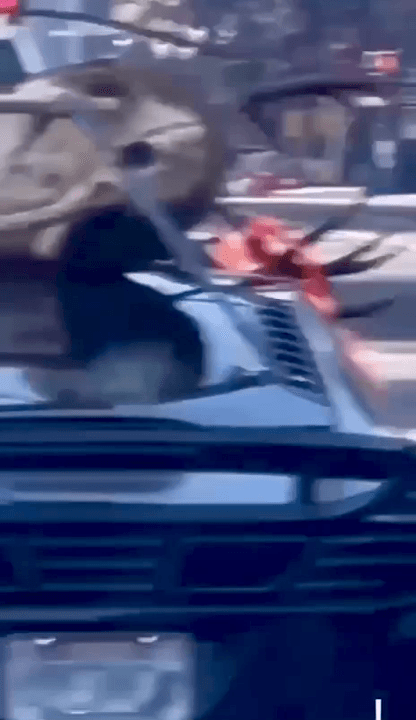
Winter ist zurück: Bitte auf Wildtiere achten! Wildtiere benötigen Ruhe, um Energie zu sparen und über den Winter zu kommen. Jägerinnen und Jäger unterstützen, wenn natürliche Äsung fehlt. Insbesondere dem Rotwild als Fluchttier drohen bei wiederholter Beunruhigung Erschöpfungszustände. - © Michael Breuer © Michael Breuer Aktuell kehrt der Winter nach Niederösterreich zurück und vielerorts gibt es größere Schneemengen. Dadurch steigt der Druck auf Wildtiere, da die Fortbewegung im Schnee mehr Energie verbraucht, während gleichzeitig weniger natürliches Futter verfügbar ist. Die Jägerinnen und Jäger füttern in solchen Notzeiten zu, um die Bestände gesund zu erhalten. Vor allem das Rotwild hat sein Winterverhalten an die Menschen, Verbauung und mancherorts starke Besiedelung angepasst und bleibt auch im Winter in höheren, äsungsarmen Lagen. Dadurch ist es auf die Vorlage von Futter angewiesen. „Im Winter und bei steigender Schneehöhe brauchen Wildtiere neben der Äsung aber auch Ruhe und
Post: 13 February 15:16















































